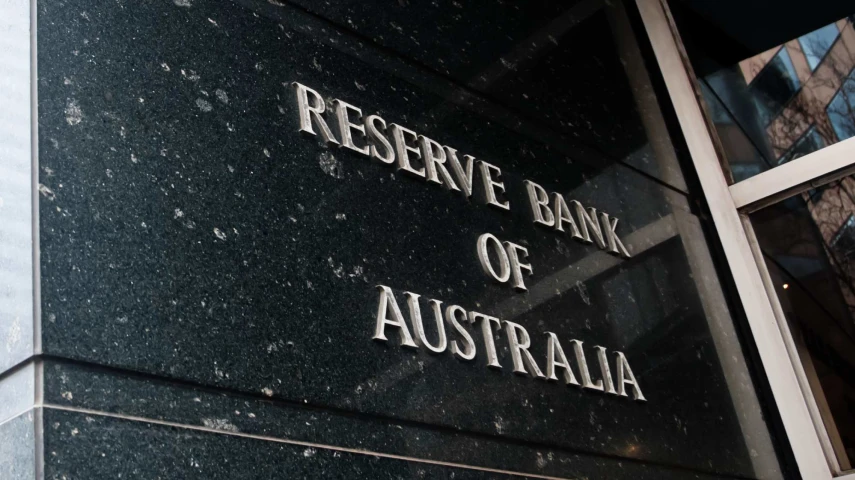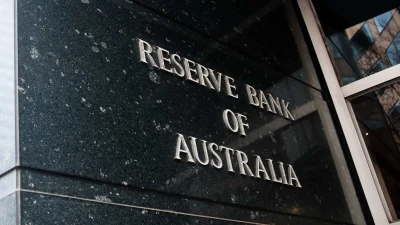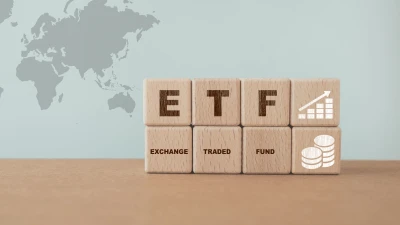RBA announces latest interest rate call



The Reserve Bank of Australia (RBA) has announced it will hold the official cash rate, leaving it at 3.6 per cent, in a move largely expected by market analysts.
Prior to the decision, economists at major bank NAB pushed back their forecast for RBA rate cuts, now expecting no move until May 2026.
The revision came after August inflation data proved stronger than expected, suggesting persistent price pressures.
NAB said the RBA is likely to wait for at least two or three more quarterly inflation prints before easing, and now sees the cash rate eventually settling at 3.35 per cent.
Other major banks remained cautious. ANZ expected no change at the September meeting but anticipated a more hawkish tone, with upcoming labour, spending and inflation data proving decisive.
The Commonwealth Bank trimmed the likelihood of a 2025 cut, warning any move is heavily data-dependent, while Westpac still projects cuts beginning in November, though acknowledges the timing is less certain.
Judo Bank economists Warren Hogan and Matthew De Pasquale said the central bank is likely to stay on hold “for the foreseeable future”, after dropping their forecast for a final 2025 cut.
They warned the next adjustment may not come until mid-to-late 2026, and depending on economic conditions, could even be an increase.
However, they flagged risks from a softer consumer recovery, weaker labour demand and rising unemployment that could push the RBA towards easing instead.
Ivan Colhoun, chief economist at CreditorWatch, said markets had rightly anticipated a hold given “signs of stronger consumer spending and higher monthly inflation in the latest data”.
He noted that if these conditions persist, the chances of another cut this year appear slim.
VanEck senior portfolio manager Cameron McCormack argued rates may stay higher for longer, with sticky services inflation, low unemployment, and rising wages keeping pressure on the central bank.
“We could be at the end of the cutting cycle,” he said, adding that while markets still see February 2026 as the next likely cut, an unforeseen shock may be the only catalyst for an earlier move.
McCormack said Australia’s economy continues to show resilience, with population growth lifting household spending and GDP even as per-capita growth remains subdued.
Recommended for you
Avantis Investors has launched its first active ETFs in the Australian market, backed by American Century Investments, and has told Money Management that future expansion will be based on adviser demand.
Money Management examines the last three months of ETF launches, with Betashares being particularly active during the quarter.
ETF provider Global X has expanded its GARP ETF range with the launch of a vehicle focusing on Australian equities.
GCQ Funds Management has appointed a distribution director to work with advisory groups, who joins from Ausbil Investment Management.











